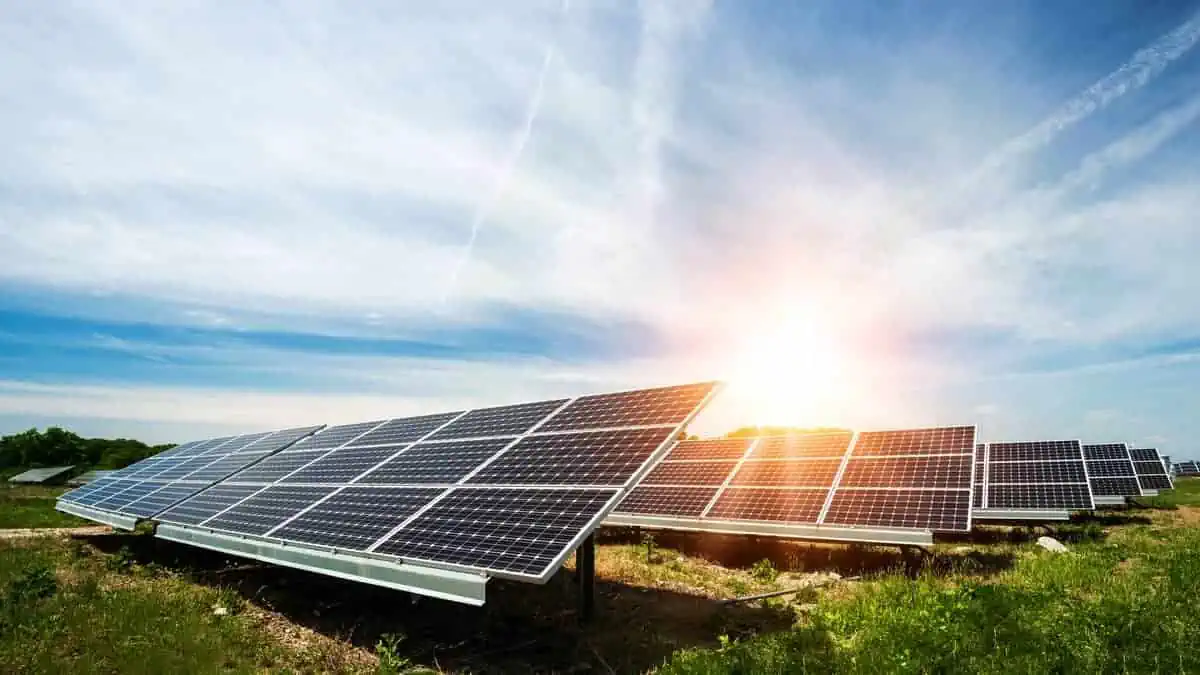The increasingly alarming environmental issues across the world have prompted both the public and private sectors to promote the shift to renewable energy.
As a result, various industries develop ground-breaking technologies and methods for clean energy generation, with “agrivoltaics” gaining traction.
Without further ado, this article will provide you with the most important things you need to know about this energy production technique.
Background
As mentioned, agrivoltaics is an emerging state-of-the-art procedure that integrates solar energy generation with agricultural activities, including but not limited to beekeeping, sheep grazing, and crop production.
Considering its high potential to establish a synergy between solar companies and farmers, it is unsurprising that major industry players pioneered agrivoltaics.
Investing in this field enables them to diversify and expand their energy portfolios, which accelerates the world’s achievement of decarbonization targets. It also aids them in encouraging the community to support solar-related initiatives.
“For solar developers, I think the attraction of agrivoltaics is largely that it helps with community acceptance and community excitement about solar projects. Grazing land in this country is about a third of all of our land use. And if you’re able to make that a dual use with solar energy production, you have now opened up a huge potential market space that wasn’t open before.”
Becca Jones-Albertus, Director of the US Department of Energy’s Solar Energy Technologies Office
Role of oil companies
According to CNBC’s YouTube content, leading oil companies Shell and BP are heavily investing in this advancing “multi-use land management” technique as they collaborate with solar energy developers.
For instance, Lightsource BP currently leases the Elm Branch Solar Farm in Dallas, Texas, for its solar panels that cover a vast piece of land on the property. Lightsource also leases land from Tom Koranek, a Texas-based beekeeper and honey producer.
Mr. Koranek says that his treeless land can support both crop production and solar panel operation.
“Solar takes some of the best land out of production because they want land that’s 1% to 4% slope.”
Landowner Tom Koranek
Shell also invested in solar developer Silicon Ranch in exchange for a 44% stake. It currently has 1,300 MW of agrivoltaic projects, with another 900 MW coming in the following two years.
“We want to tell these communities that we are committed for the long haul, and we’re going to become members of these communities in meaningful ways. So our business model of owning real estate was a function of how we viewed this asset class.”
Silicon Ranch’s Co-Founder and CEO, Reagan Farr
Land use issues
Agrivoltaics is a major advancement in both the solar energy and agricultural industries, which regularly develop tension over land use matters before the introduction of the innovative land management approach.
“Even though the United States is a very large country with a lot of available land, every single square inch of land is either owned, protected or cherished by someone or many people. And many people do not want to see that land change or transform into something different from what it has been.”
Jordan Macknick, the Lead Energy-Water-Land Analyst for the National Renewable Energy Laboratory
Interestingly, CNBC reported that the Elm Branch Solar Farm in Dallas currently applies agrivoltaics with a flock of sheep grazing in an enormous solar panel field.
Owner Amanda Stoffels apparently leases the land to solar energy giant Lightsource BP. In return, the company pays a monthly lease, providing a stable source of income. Apart from that, Lightsource also pays Stoffels to maintain vegetation by grazing her sheep.
“It’s a new, modern approach to agriculture.”
Amanda Stoffels, Elm Branch Solar Farm owner
Advantages
Analyst Macknick noted that agrivoltaic advancements are enabling the industry to maintain farming lands while generating clean energy, which addresses the top issue between solar developers and farmers.
“So agrivoltaics really offers us that opportunity to continue farming, continue doing these agricultural activities while also producing clean electricity.”
Jordan Macknick, the Lead Energy-Water-Land Analyst for the National Renewable Energy Laboratory
In addition, it provides farmers a regular source of income through land leasing and extra agricultural revenue like Amanda Stoffels and Tom Koranek.
Furthermore, it accelerates the shift to renewable energy production without compromising the agriculture industry. It is a huge help in land-scarce areas, guaranteeing that solar energy companies will not overtake farmers’ lands.
All that said, agrivoltaics undoubtedly presents a promising industry that will aid the global movement towards renewable energy to combat environmental issues like climate change and global warming. As of now, the US currently has approximately 5 GWh of agrivoltaic projects that cover over 35,000 acres in 30+ states. It only accounts for around 3% of the US solar capacity deployment. Nonetheless, it proves to be an emerging industry, and farmers are developing interests.






